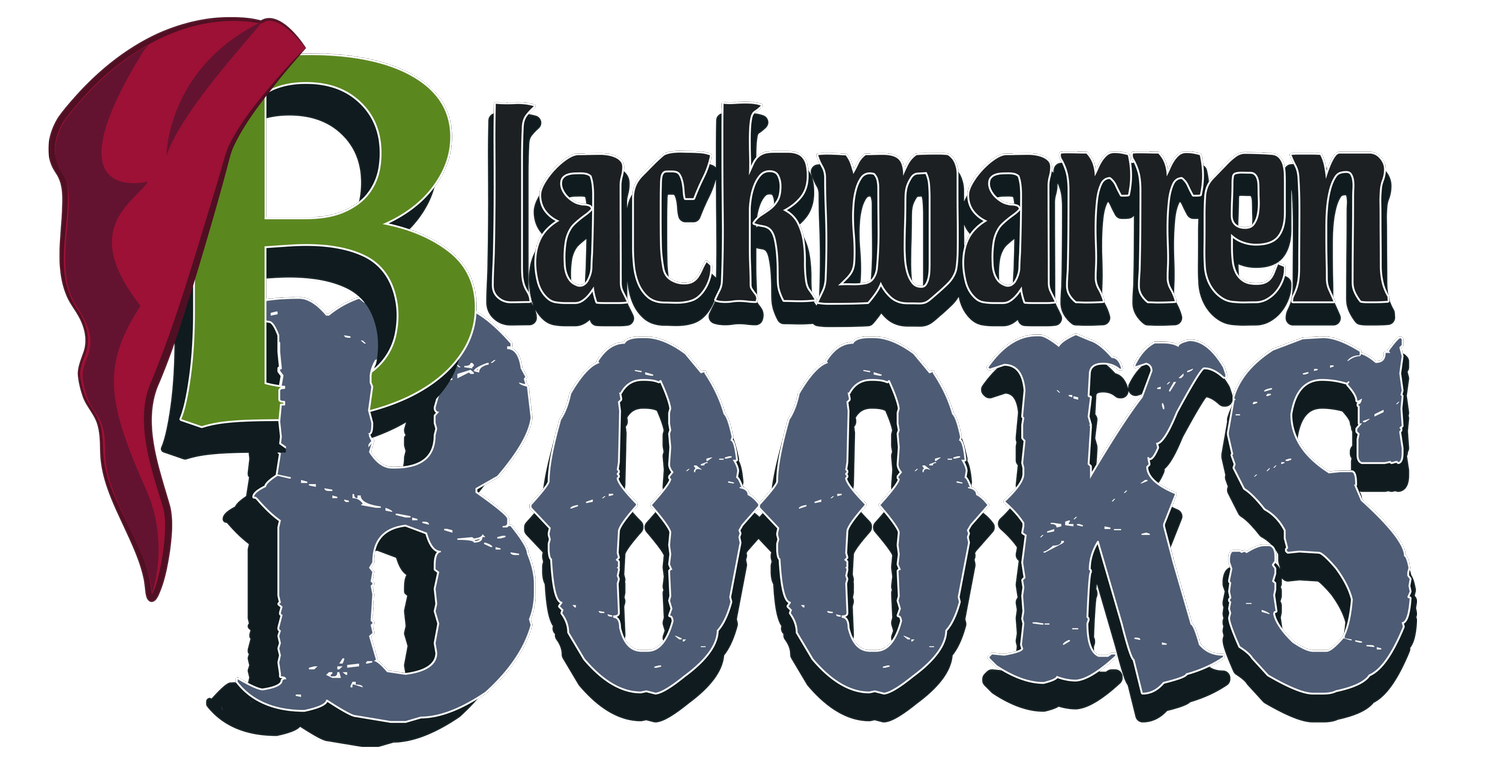Steampunk and Dieselpunk: Retrofuturistic Adventure
After yesterday’s look into the cyberpunk subgenre, it’s time to move on to other popular colors in the punk spectrum! Today we’ve set our sights on both steampunk and dieselpunk, two closely related subgenres that embrace retrofuturism and also engage the same social relevance that cyberpunk does for marginalized readers.
Steampunk and dieselpunk are two highly popular subgenres of science fiction that, like cyberpunk emerged in the late 20th century. Both genres are characterized by their retrofuturistic aesthetic, which blends elements of the past with futuristic technology. Yet while the Venn diagram of what goes into steampunk overlaps quite a bit with what goes into dieselpunk, they’re not perfect circles. There’s much that differentiates the two.
Steampunk: When Goth Kids Discover the Color Brown
The steampunk aesthetic pulls heavily from that of the Victorian era. Any “advanced” science fiction technologies aren’t electronic but instead inspired by real-world steam-powered technology from the 19th century. As a result, steampunk stories often feature airships, clockwork robots, and other devices that are powered by steam. The genre also often explores themes of exploration, adventure, and the Industrial Revolution - particularly the tension between industrialization and the rights of workers.
There are dozens of great examples of steampunk media. One of the most iconic is the anime film Steamboy, which had an all-star cast for its English dub that included the likes of Sir Patrick Stewart, Anna Paquin, and Alfred Molina. It’s also written and directed by Katsuhiro Otomo, the creator of cyberpunk staple Akira. Other incredibly strong examples include the novel The Difference Engine by William Gibson and Bruce Sterling, and the third installment in the Bioshock game series, Bioshock Infinite.
Dieselpunk: When Coal Power Just Isn’t Enough
Dieselpunk takes the steampunk aesthetic and updates it a few decades into the 20th century. It’s usually typified by the aesthetics of the interwar period, with its “advanced science” inspired by diesel-powered technology. Dieselpunk stories often feature zeppelins, armored cars, and other vehicles that are powered by diesel. The genre also often explores themes of war, espionage, and the Roaring Twenties. Some examples of dieselpunk media include the first three Indiana Jones films and the novel The Anubis Gates by Tim Powers.
The Fallout video game series also evokes many dieselpunk themes, but it’s not strictly dieslepunk - it’s technically atompunk, which is a subset that embraces postwar aesthetics of the late 1940s through the 1960s. It’s especially tied to the cultural fascination with nuclear power in the wake of the use of atomic bombs by American forces on the Japanese cities of Hiroshima and Nagasaki. As is to be expected, there’s an undercurrent of menace that runs through many examples of atompunk, such as jingoism, the aftermath of the Red Scare, and nuclear armageddon.
Themes of Marginalization
Last time, we spoke a lot about how the cyberpunk genre resonates with marginalized communities. This is something that Both steampunk and dieselpunk stories often exhibit as well. This is only natural, as both of these subgenres also often explore themes of rebellion, outsiderness, and the struggle for power, just as those in cyberpunk often do.
Steampunk stories often feature characters who are outsiders in Victorian society. These characters are often women, people of color, or members of the working class. They’re typically portrayed using their ingenuity and creativity to challenge the status quo and fight for a better future.
Dieselpunk stories, meanwhile often feature characters who are veterans of the First or Second World Wars. These characters may be traumatized by their experiences during the war, and they may feel like they don't belong in the postwar world. They often use the skills and knowledge they gained from their time as a soldier to fight against injustice and oppression. The atompunk subset of dieselpunk often leans heavily on this aesthetic as well.
Two Great Tastes that Taste Great Together
Steampunk and dieselpunk are two popular and diverse subgenres of science fiction. Both genres offer a unique perspective on the past, the present, and the future. They also offer a platform for marginalized communities to tell their stories, explore their identities, and fight for representation and equality. It’s this plucky, down-and-dirty spirit that makes such stories fit so well with Punk’s Not Dead, our upcoming science-fiction anthology. Got a story of your own that you want published? Submit your manuscript today!

